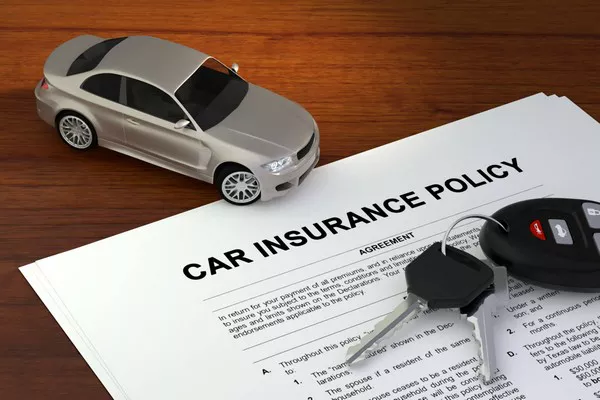Leasing a car offers an attractive option for enjoying a new vehicle without the commitment of ownership. However, when it comes to car insurance, leasing arrangements can add an extra layer of complexity. In this article, we’ll delve into how car insurance works with leased cars, outlining the key considerations and responsibilities that lessees need to be aware of.
Understanding Lease Agreements
Ownership vs. Leasing:
When you lease a car, you’re essentially renting it for a predetermined period. Unlike ownership, the leasing company retains ownership of the vehicle.
Lessor’s Requirements:
Leasing companies, also known as lessors, typically have specific insurance requirements that lessees must meet to protect their interests.
Required Car Insurance Coverage
Minimum Coverage:
In most cases, leasing companies require lessees to carry a minimum level of liability coverage to protect against damages and injuries to others in case of an accident.
Comprehensive and Collision Coverage:
To protect the leased vehicle itself, comprehensive and collision coverage are usually required. These coverages help pay for repairs or replacement if the car is damaged or totaled.
Gap Insurance:
Gap insurance is often recommended for leased cars. It covers the “gap” between the car’s value and the amount you owe on the lease if the car is totaled. This can prevent you from owing money on a totaled car.
Adding the Lessor as a Loss Payee
Lessor’s Interest:
Leasing companies have a financial interest in the vehicle, and they might require you to add them as a loss payee on your insurance policy. This ensures that they are compensated if the car is damaged.
Understanding Residual Value
Residual Value:
The residual value is the estimated value of the car at the end of the lease term. If the car is damaged, the insurance payout might be based on the residual value.
Lease Gap Insurance
Lease Gap Insurance:
Some leasing companies offer lease gap insurance as part of the lease agreement. This covers the difference between the insurance payout and the amount you owe on the lease in case of a total loss.
Choosing an Insurance Provider
Approved Providers:
Some lessors require lessees to choose insurance providers from a list of approved companies to ensure that the coverage meets their standards.
Lessees’ Responsibilities
Timely Payments:
As a lessee, you’re responsible for paying your insurance premiums on time to maintain coverage and meet the lessor’s requirements.
Reporting Accidents:
In the event of an accident, it’s essential to promptly report it to both your insurance company and the lessor.
Conclusion
Leasing a car comes with specific insurance requirements aimed at protecting both the lessor’s interests and your own. By understanding the coverage needed, adding the lessor as a loss payee, and considering optional coverages like gap insurance, you can ensure that you’re adequately protected during the lease term. Prioritize clear communication with your insurance provider and the lessor to meet all obligations and enjoy a worry-free leasing experience.


